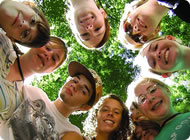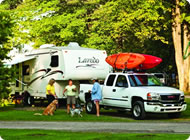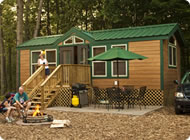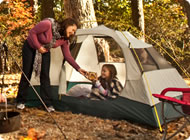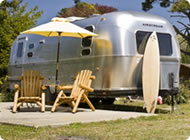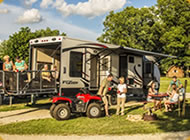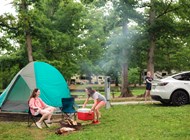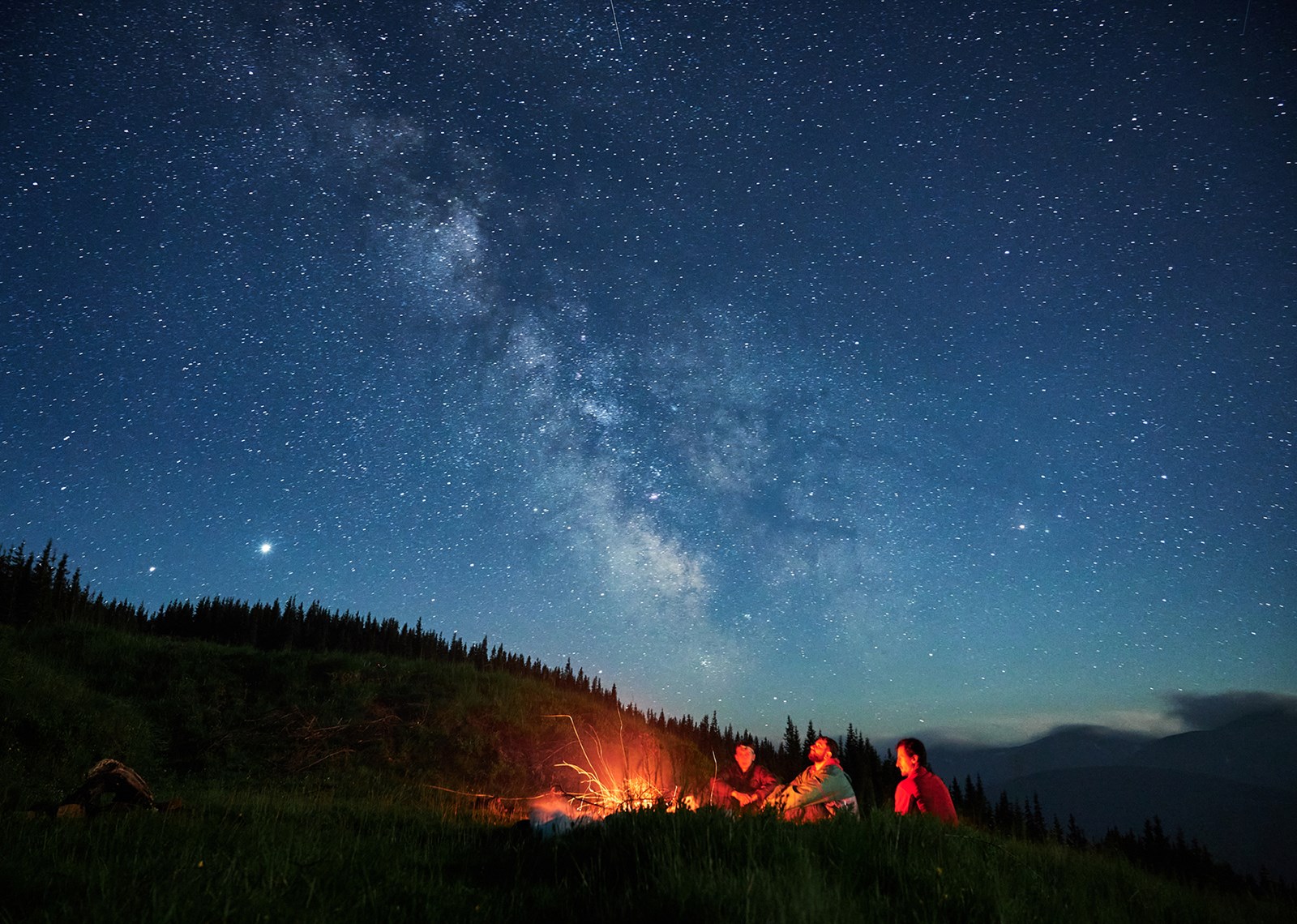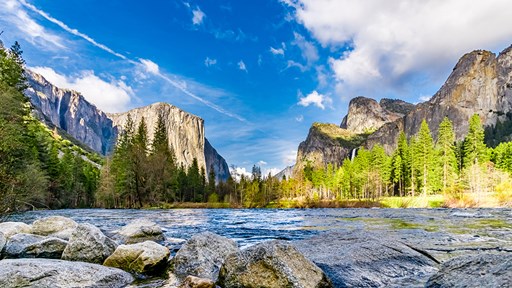Have you ever looked up at the night sky and felt a sense of wonder? Maybe you’ve wished you could name the stars or understand the stories behind the constellations. Stargazing is a fascinating hobby that brings the universe a little closer to home.
And the best part? Anyone can do it! Whether you’re in a bustling city or out in the quiet countryside, the stars are waiting for you.
For beginners, the thought of diving into astronomy might seem daunting, but it doesn’t have to be. With the right tools, knowledge, and a bit of patience, anyone can become a stargazer.
So, how do you get started? In this beginner’s guide, we’ll explore everything you need to know – from choosing the right equipment and finding the perfect spot to identifying constellations and celestial events.
So, grab your binoculars, and get ready to embark on your stargazing adventure!
Why Should I Stargaze?
Stargazing is more than just looking at stars. It’s a way to relax, learn, and connect with nature.
In our busy lives, finding ways to unwind is so important. And stargazing offers a the perfectly simple, peaceful escape. It’s a calming, almost meditative experience. If you stop for a minute to think about it, the vastness of the universe can make your daily worries feel small. This is great for relaxing and clearing your mind.
Plus, stargazing is a fun way to learn about the universe! Every star, planet, and constellation has a story. You can learn about the science of astronomy and how stars are born all while staying at your campsite.
We also love that stargazing gets you outside, away from screens and artificial lights. If we’re being honest, we could all use some time away from modern technology.
When you’re with the stars, it’s a chance to reconnect with the natural world. Being in nature, under a clear night sky makes you appreciate the beauty of the universe and of life itself!
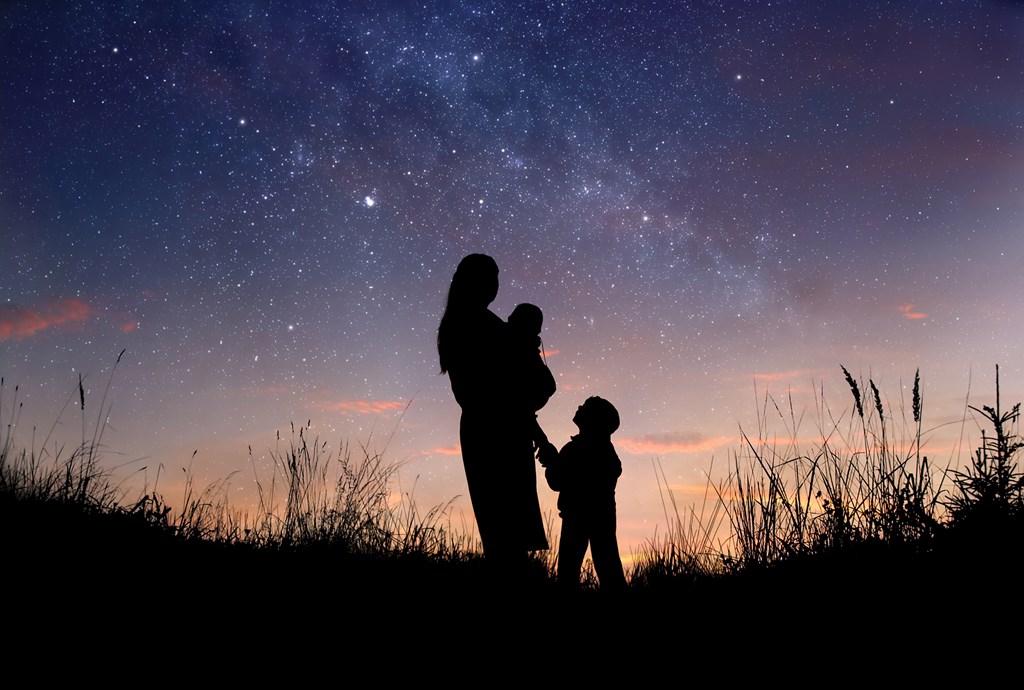
Essential Equipment Stargazing for Beginners
Ready to start your stargazing adventure? Then let’s talk about the essential equipment you’ll need to get the most out of your night under the stars.
Whether you’re just using a pair of binoculars or a telescope, there’s a whole universe waiting to be explored.
Naked Eye Observation
Did you know that you don’t need any special equipment to start stargazing? That’s right! Just stepping outside and looking up is a great way to begin. The naked eye can see plenty of amazing sights.
What You Can See When Stargazing with the Naked Eye
You can easily spot the brightest stars and planets, the Milky Way, and even meteor showers. On a clear night, you might see the Orion constellation, the Big Dipper, or Venus shining brightly.
How To Get Started
First, find a spot away from city lights. This will make it easier to see without the light pollution. Then, let your eyes adjust to the darkness. (This can take about 20 minutes.) Thirdly, bring a star chart or download a stargazing app to help you identify what you see.
Binoculars
If you have a pair of binoculars at home, then good news – they are perfect for stargazing! You’d be surprised how much more you can see with just a bit of magnification.
But what makes binoculars special? For starters, they are portable, easy to use, and less expensive than telescopes. They also offer a wider field of view, making it easier to find objects in the sky.
Choosing the Right Pair Of Binoculars
Look for binoculars with at least 7x magnification (such as 7×50 or 10×50 models). These numbers mean 7x or 10x magnification, and 50mm lens diameter, which allows more light to enter, giving you clearer images even in low light conditions.
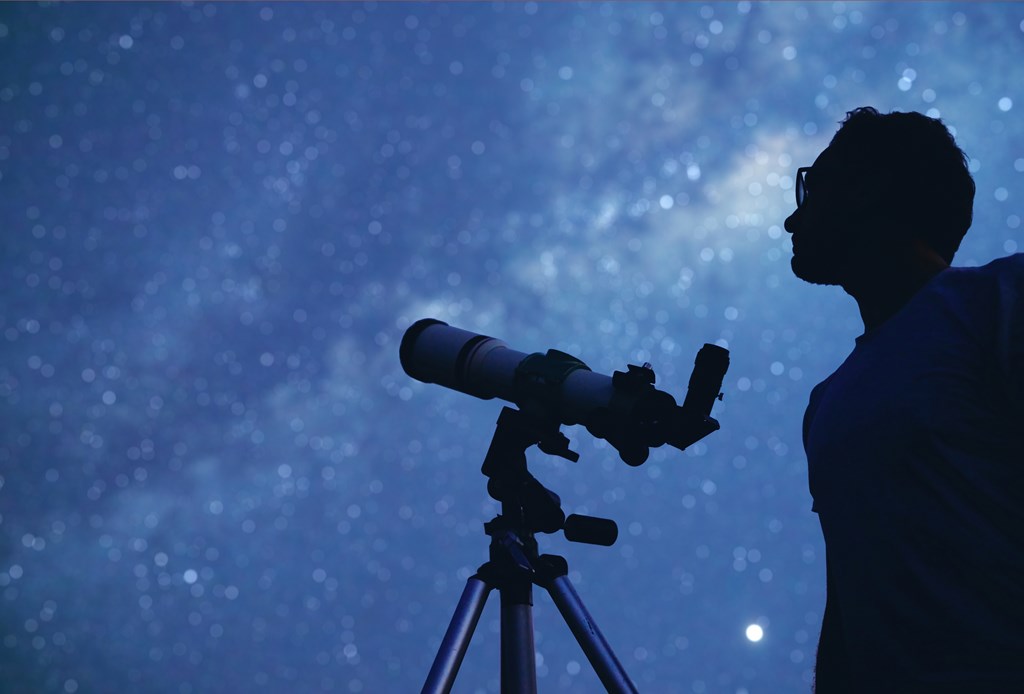
Telescopes
Though not necessary for stargazing, a telescope will open up a whole new world of sights. This device is your gateway to seeing planets, nebulae, and distant galaxies.
When looking to buy a telescope, the options can be overwhelming. We’re here to help. We’ve narrowed it down to a few types of telescopes, each a bit different for stargazing.
- Refractor Telescopes: These use lenses to gather light and are used for viewing the moon and planets.
- Reflector Telescopes: These use mirrors instead of lenses. They have larger apertures and are more affordable than other options.
- Compound Telescopes (Catadioptric): These combine lenses and mirrors, offering good all-around performance for both planetary and deep-sky viewing.
When you’re a beginner at stargazing, it’s tempting to go for the biggest telescope you can afford. But that’s not always the way to go.
Starting with a smaller, easier-to-handle scope can actually be more rewarding. Look for a telescope with an aperture (the diameter of the main lens or mirror) of at least 4-6 inches.
You should also make sure your telescope comes with a few eyepieces of different magnifications and a tracker to help you locate celestial bodies.
Finding the Best Stargazing Locations
Location, location, location. It’s key to a great stargazing experience. When you’re camping and stargazing, your location will determine what planets you can see.
Urban vs. Rural Night Sky Viewing
Have you ever noticed how it’s harder to see stars in a brightly lit area? That’s because of light pollution. Streetlights, car headlights, and even indoor lighting spilling outside can wash out the night sky, massively lowering your visibility of stars and planets.
The darker the sky, the more you’ll be able to see, so minimizing light pollution is crucial. You’ll need to head to more rural areas to get that dark sky.
Urban Viewing
Though not as vibrant as rural areas, you can still enjoy stargazing while camping near a city.
City lights will dim your view of the stars, but you can still see the moon, planets, and some of the brightest stars and constellations.
Find a park or an open area with as few lights as possible, and let your eyes adjust to the dark.
Rural Viewing
If you can escape to the countryside, do it! Rural camping areas are ideal for stargazing because they have less light pollution.
Imagine looking up and seeing the Milky Way stretch across the sky – it’s a breathtaking sight. Even a short drive out of the city can significantly improve your stargazing experience.
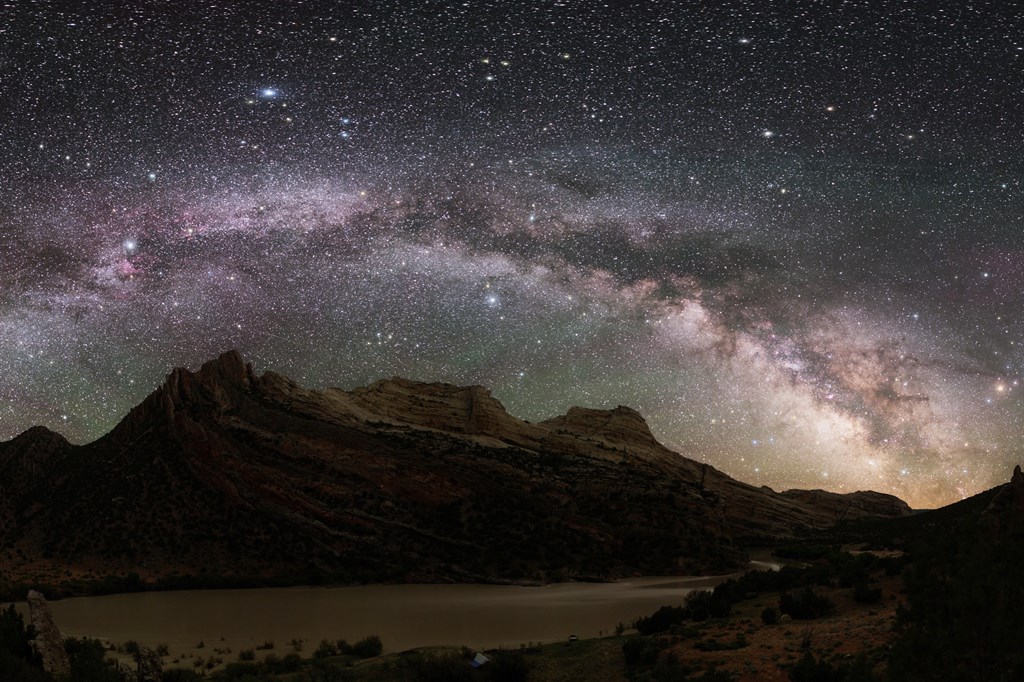
Tips for Finding Dark Sky Locations
So, how do you find those perfect dark sky spots? Here are a few tips:
- Get away from city lights: The farther you are from city lights, the better.
- Look for high elevation: Higher altitudes often have clearer skies and less atmospheric interference.
- Head to nature reserves: These places are often far from artificial lights and are great for stargazing.
Best Times for Stargazing
Timing is everything when it comes to stargazing. So, when should you head out?
1. Importance of Weather
Clear skies are a must. Check the weather forecast for cloud cover and humidity levels.
Clear, dry nights are best for stargazing.
2. Moon Phases
Here is a fun fact: the phase of the moon significantly affects what you can see. A full moon can wash out many stars, while a new moon provides the darkest skies.
For the best stargazing, plan your outings around the new moon or when the moon is in a crescent phase.
3. Seasonal Changes in the Night Sky
Did you know the night sky changes with the seasons? Different constellations and celestial events are visible at different times of the year. For example:
- Winter: Orion, Taurus, and the Pleiades are prominent.
- Spring: Look for Leo and Virgo.
- Summer: The Milky Way is at its brightest, along with Scorpius and Sagittarius.
- Fall: Pegasus and Andromeda are visible.
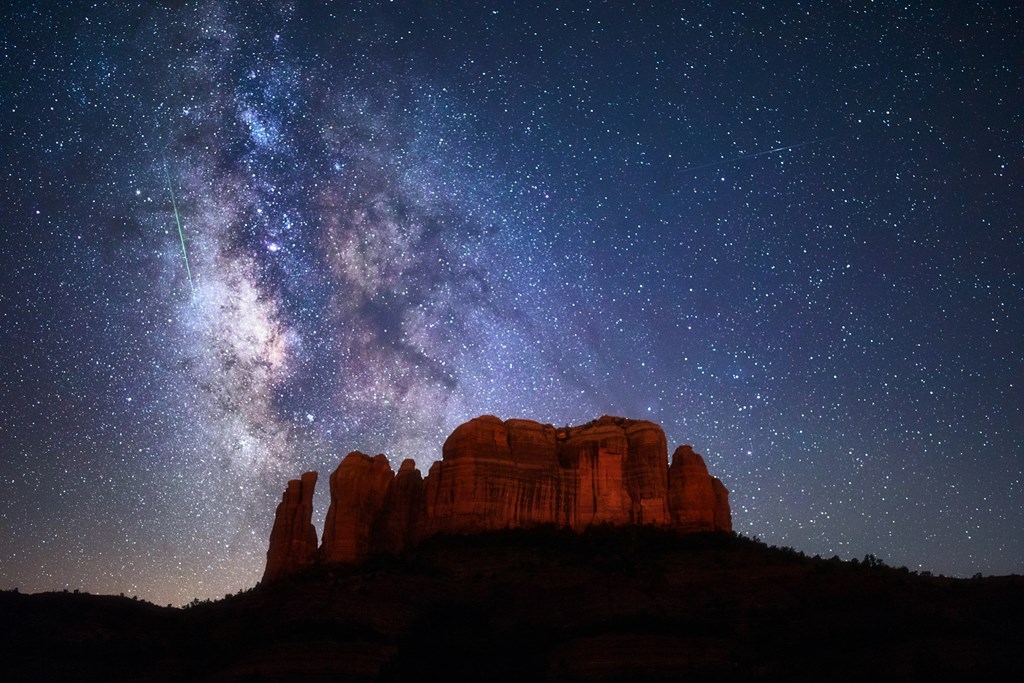
Understanding the Night Sky
Staring up at the night sky can be mesmerizing, but how do you make sense of the twinkling lights?
From constellations and planets to the moon and celestial events, we’re here to help you become a night sky pro!
Constellations
Have you ever looked up and tried to connect the dots in the sky? Those dot-to-dot drawings are constellations, and learning to identify them is the best way to start stargazing.
1. How to Use Star Charts and Apps
Star charts are like the maps of the night sky. You can find printed versions or use apps that show you real-time positions of stars and constellations based on your location.
When it comes to star charts, hold them up to the sky and rotate them to match what you see. It might take a little practice, but trust us, it’s definitely worth it.
You should also try downloading stargazing apps. These apps use your phone’s GPS to show you exactly what’s overhead. Simply point your phone at the sky, and they’ll identify stars and constellations for you.
2. Tips for Recognizing Major Constellations
Here’s how you can recognize the three major constellations:
- Orion: Look for Orion’s Belt; three stars in a straight line, which is easy to spot in the winter sky.
- Big Dipper: Part of Ursa Major, the Big Dipper looks like a ladle and is visible year-round in the northern hemisphere.
- Cassiopeia: This constellation forms a distinctive “W” shape and is visible in the northern sky.
Start with these, and as you get more comfortable, you can move on to the more complex constellations.
Planets and the Moon
Planets don’t twinkle like stars; they shine with a steady light. Some planets are bright enough to see without a telescope. These are Venus, Jupiter, and even Saturn with its famous rings.
The moon is also a great starting point for beginners. You can learn to identify the phases of the moon – from the new moon (completely dark) to the full moon (fully illuminated). Each phase provides a different viewing experience, so keep an eye on the moon as it changes throughout the month.
Celestial Events
Spotting celestial events like comets, meteor showers, and eclipses can make your stargazing sessions even more exciting.
First, we’ve got meteor showers. They happen when Earth passes through debris left by comets. And guess what? You don’t need fancy equipment to see them – just find a dark spot away from city lights and enjoy.
Then there are eclipses. During a lunar eclipse, the Earth’s shadow slowly covers the moon, turning it a mysterious reddish hue.
And solar eclipses? They’re a bit rarer and require special glasses to safely watch. During these, the moon slips in front of the sun, briefly turning day into an eerie twilight!
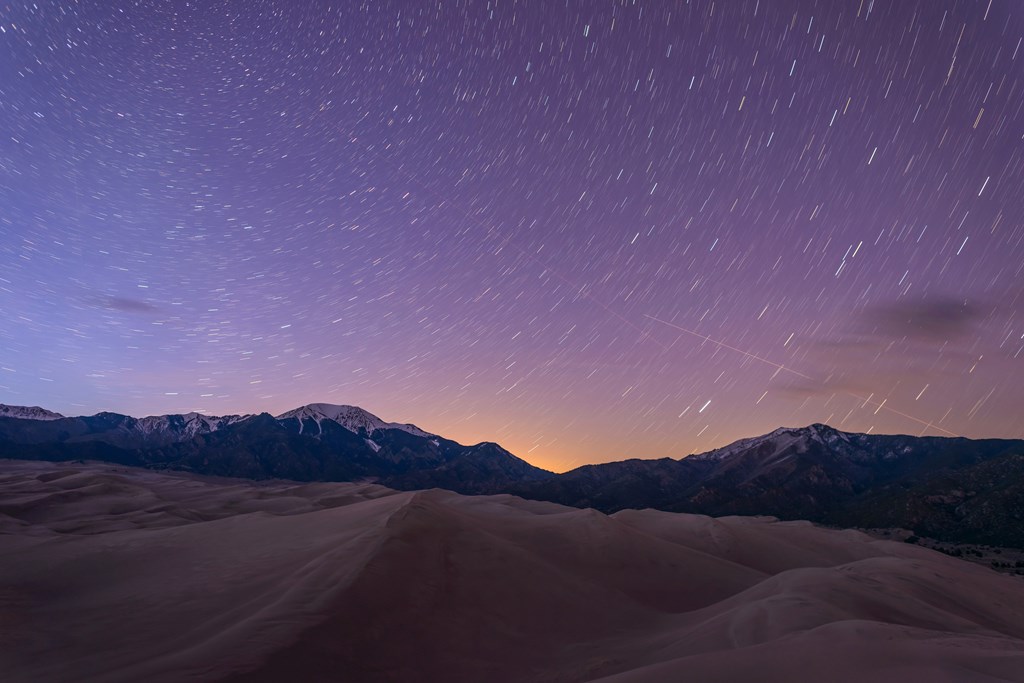
Tips and Tricks for Successful Stargazing
Now that we know the basics, let’s visit some practical tips to make your stargazing experiences memorable and enjoyable.
Preparation
Stargazing is all about being comfortable and prepared for the night ahead.
Dress Appropriately: Nights can get chilly, even in summer. Wear layers and bring a jacket or blanket to stay warm.
Red Flashlight: A red flashlight helps preserve your night vision. But why red? Well, it turns out red light doesn’t interfere with your night vision as much as white light does.
Snacks and Drinks: Stargazing can be a peaceful, hours-long activity. Pack some snacks and water to keep you energized and hydrated.
Comfortable Seating: Bring a chair or a blanket to sit or lie down on. Comfort is key for enjoying prolonged stargazing sessions.
Patience and Practice
Stargazing isn’t just a fleeting experience – it’s a journey that unfolds over time, revealing new wonders with each session under the night sky.
So, without a doubt, patience is key; after all, the cosmos can be unpredictable. But amidst these variables, waiting for clear skies can reward you with breathtaking views of distant galaxies.
Stargazing Etiquette
As responsible stargazers, it’s important to practice the ethical guidelines. Here is what to do as a beginner:
- Respect nature: Choose dark sky locations away from city lights and respect the habitat of the wildlife.
- Minimize light pollution: Avoid using bright lights that can disrupt your night vision and that of others.
- Keep noise levels down: Try to keep conversations quiet so you don’t disturb others or scare away wildlife.
From identifying constellations to understanding lunar phases, you’re now ready to explore the wonders of the night sky. Remember to find dark sky locations, pack your gear, and stay patient as the night sky fills with countless celestial wonders. Happy stargazing!

Leslie is a freelance travel and health/wellness writer who gets butterflies from telling stories and sharing information with readers across the globe. Her voice comes from a place filled with passion and dreams.
With over 10 years of experience in crafting words and years of embarking on travels that have taken this Montana girl to some incredible places, Leslie loves the adventures of both body and mind her writing takes her on.
To see what Leslie’s up to in the writing and design world, visit her website here.








